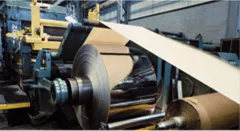

live a message
The pickling process involves dipping the metal into a solution to remove surface impurities. The solution used is called pickle liquor and hence the process of dipping the metal into the pickle liquor became known as pickling.
How is Steel Pickled?
Hot worked steel is dipped into a vat of either sulfuric or hydrochloric acid, called pickle liquor. Steels with carbon content higher than 6% will require an extra step using nitric, phosphoric, or hydrofluoric acid. The metal is dipped into the bath for a preset amount of time, to avoid too much of the metal being eaten up by the acid. The amount of scale typically removed is between 1% and 3% of the mass of the steel.
Once the metal is out of the bath, it gets rinsed and is ready to continue its processing. Usually at this point it is ready for cold working. The left-over pickling liquor, now filled with rust flakes and iron scale, is called pickling sludge. Often considered an environmental hazard, it is sometimes neutralized with a base (usually lime) and then thrown away. Systems exist also to recover some remaining useful products from the sludge, including hydrochloric acid and ferric oxide. There are processes that use waste mill scale too. The scale can be sent to a sintering plant where the iron oxide dust and flakes can be reformed into a solid mass of steel.
| Grade | C | Si | Mn | P | S | Cu |
| ASTM A283 Grade A | 0.14 | 0.15-0.40 | 0.9 | 0.035 | 0.04 | 0.2 |
| ASTM A283 Grade B | 0.17 | 0.15-0.40 | 0.9 | 0.035 | 0.04 | 0.2 |
| ASTM A283 Grade C | 0.24 | 0.15-0.40 | 0.9 | 0.035 | 0.04 | 0.2 |
| ASTM A283 Grade D | 0.27 | 0.15-0.40 | 0.9 | 0.035 | 0.04 | 0.2 |
| Grade | Yield Strength (MPa) | Ultimate Tensile Strength (MPa) | Elongation at Break (%) |
| ASTM A283 Grade A | 165 | 310 - 415 | 27 |
| ASTM A283 Grade B | 185 | 345 - 450 | 25 |
| ASTM A283 Grade C | 205 | 380 - 515 | 22 |
| ASTM A283 Grade D | 230 | 415 - 550 | 20 |
| a36 carbon steel plate suppliers | 1 4 carbon steel plate |
| a36 ship carbon steel plate | 1 8 carbon steel plate |
| a36 hot rolled carbon steel plate | 1/2 carbon steel plate |
| a53 carbon steel plate | 1/4 inch carbon steel plate |
| a36 carbon steel plate | 1095 carbon steel plate |
| carbon steel a36 plate | 3 16 carbon steel plate |
Every industry has its unique set of material specifications and needs. That’s why you can count on the exceptional experience and industry knowledge of the professionals at Kuaima Steel - Meeting the Exact Needs of Every Industry That Uses steel.
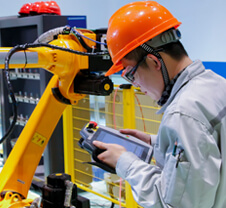


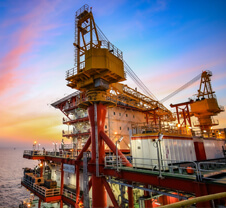



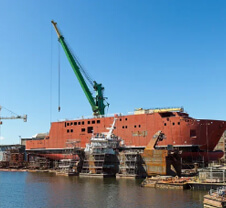


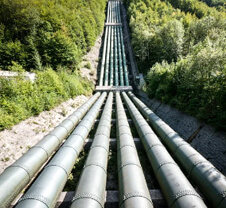

We are a well known worldwide exporter of Steel plate, Ireland, Portugal, Gambia, Thailand, Ukraine, United Kingdom, Netherlands, South Africa, Spain, Turkey, Italy, Libya, Romania, Puerto Rico, Azerbaijan, United Arab Emirates, Pakistan, Philippines, Ghana, Slovakia, Germany, Saudi Arabia, Afghanistan, China, Bolivia, Switzerland, Bangladesh, Taiwan, Oman, Egypt, Greece, Norway, Singapore, Bulgaria, Estonia, Belgium, Yemen, Hong Kong, Ecuador, Sri Lanka, Nepal, Belarus, Finland, Gabon, Iran, Canada, Argentina, Lebanon.


 WeChat
WeChat